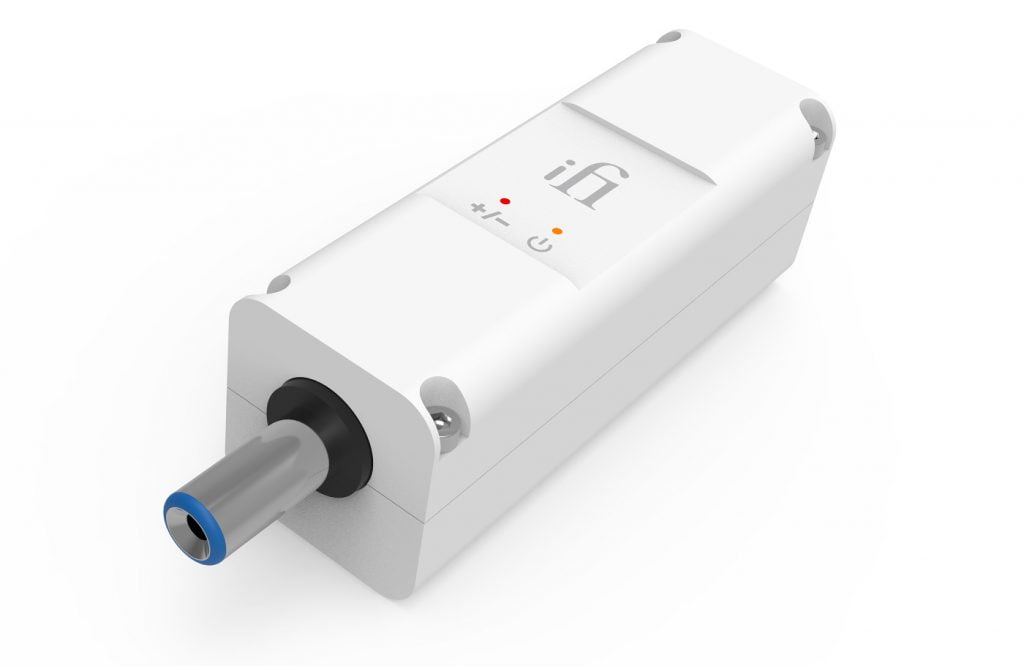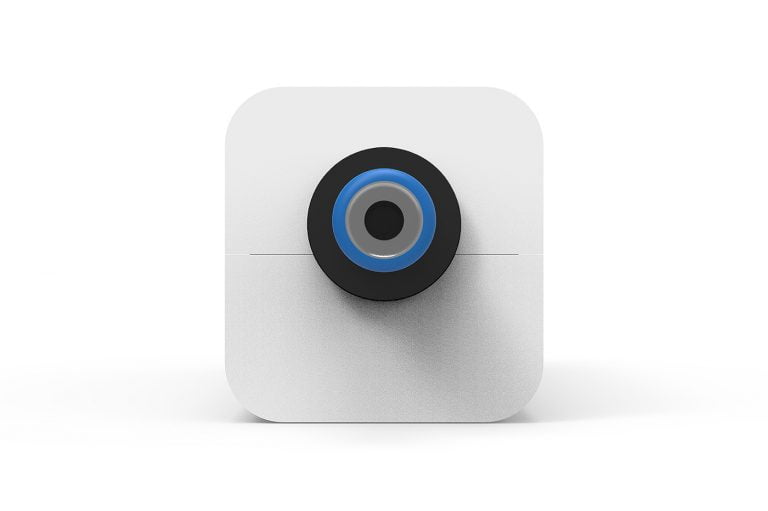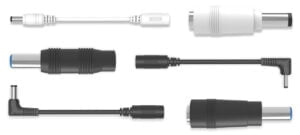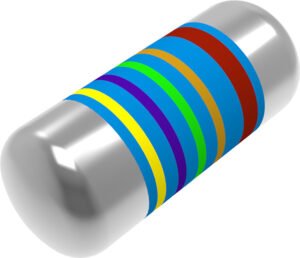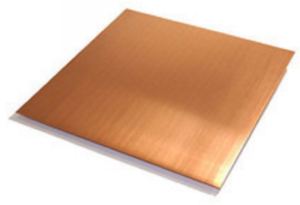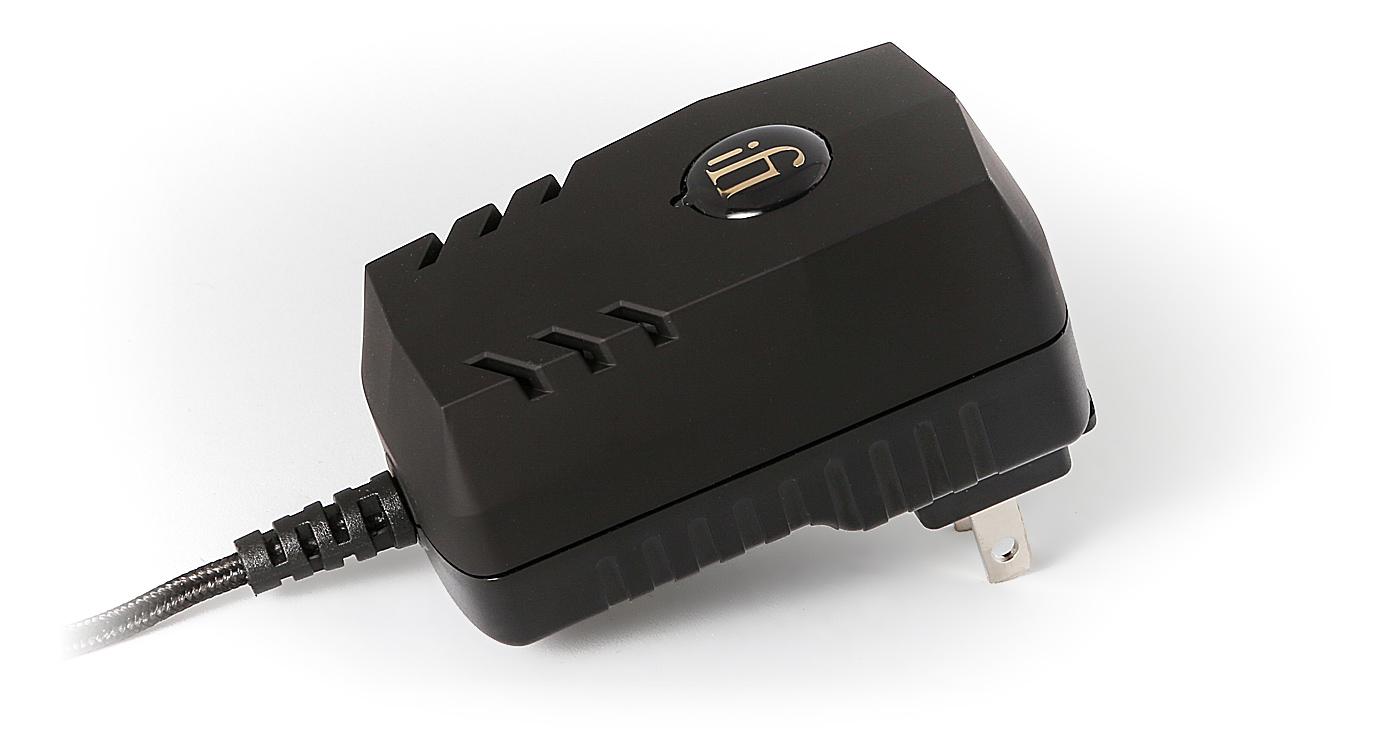Unwanted noise. Gone.
Your everyday Switch Mode Power Supplies (SMPS)are very noisy. They were never really intended for audio use.
The DC iPurifier2, just like its predecessor, combats unwanted noise coming from SMPS to ensure the pure sound of your audio wins through.
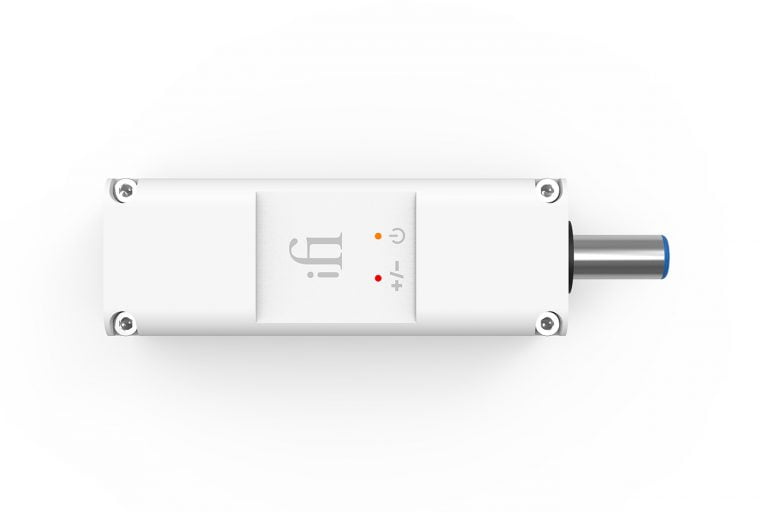
Handles anything
Simply place the DC iPurifier2 between the SMPS and the device you want to use.
Your device could be anything from a DAC (digital-to-analogue converter) to a DAW (digital audio workstation).
The DC iPurifier2 will halt unnecessary noise in its tracks.
Take a look at our Noisebusting Tech Note here.
Super effective. Super cool.
It’s an ultra-wide band design that is effective from 1Hz all the way up to 5GHz. Its strongest performance is in the audible range of 20Hz to 20KHz.
The DC iPurifier2 handles five volts right through to 24, and comes with a variety of adapter sizes making it compatible with all power supplies – 5.5 x 2.1mm, 5 x 2.5mm, and 3.5 x 1.35mm.
So, what’s new?
The DC iPurifier2 uses iFi’s optimised Active Noise Cancelation2 technology based on the ingenious Thales Spectra military radar defence technology used in jet fighters.
In the immortal words of Maverick from Top Gun, “Maverick going supersonic. Be there in 30 seconds!”
The devil is in the detail
Only top notch components are used in our tech. The details speak for themselves.
Adding the DC iPurifier2 into your system will not only reduce background noise, it will bring out more definition, detail and warmth in your music.
‘The Danger Zone’ by Kenny Loggins will never have sounded so clear.
A switched-mode power supply is an electronic power supply that incorporates a switching regulator to convert electrical power efficiently. It transfers power from a DC or AC source to DC loads, such as a personal computer, while converting voltage and current characteristics.
Switch-mode power supplies are widely used because of the advantages they offer in terms of size, weight, cost, efficiency and overall performance. They are in themselves noisy and were not designed with audio in mind.
DACs convert digital information, stored or streamed by computers, into music we can hear through speakers or headphones.
Every device that’s a source of digital sound has a built-in DAC (TVs, games consoles, CD players, phones, portable music players etc). Dedicated external DACs sound much better than standard DACs used in digital devices such as phones.
A digital audio workstation (DAW) is an electronic device or application used for recording, editing and producing audio files. It’s basically a mixing desk.
Active Noise Cancellation (ANC) reduces unwanted sound by the addition of a second sound wave specifically designed to cancel out the first. This basically results in no sound at all as it reaches unwanted sound even at the lowest frequencies.
Passive noise cancellation is done by means of insulating filters and works best on the middle to high frequencies. It does not work on the lower frequencies meaning that some sound can still be heard.
In simple terms, polarity refers to the way a signal flows.
Audio signals generally flow one way, like DC current, and have positive polarity. Inverting the polarity can have a negative impact on sound and equipment.
EMI is a type of interference caused by errant and unwanted electromagnetic waves that are received and amplified by an audio system. They cause some of the annoying ‘audio gremlins’ we often talk about.
A ‘load’ refers to a current drain that is applied to a battery. For example, charging the flash in a camera. The term ‘Pulse Load’ indicates that the load is automatically applied for a specific period of time, then disconnected without user intervention.
